Click here and press the right key for the next slide.
(This may not work on mobile or ipad. You can try using chrome or firefox, but even that may fail. Sorry.)
also ...
Press the left key to go backwards (or swipe right)
Press n to toggle whether notes are shown (or add '?notes' to the url before the #)
Press m or double tap to slide thumbnails (menu)
Press ? at any time to show the keyboard shortcuts
Minimal Models for Acting Together
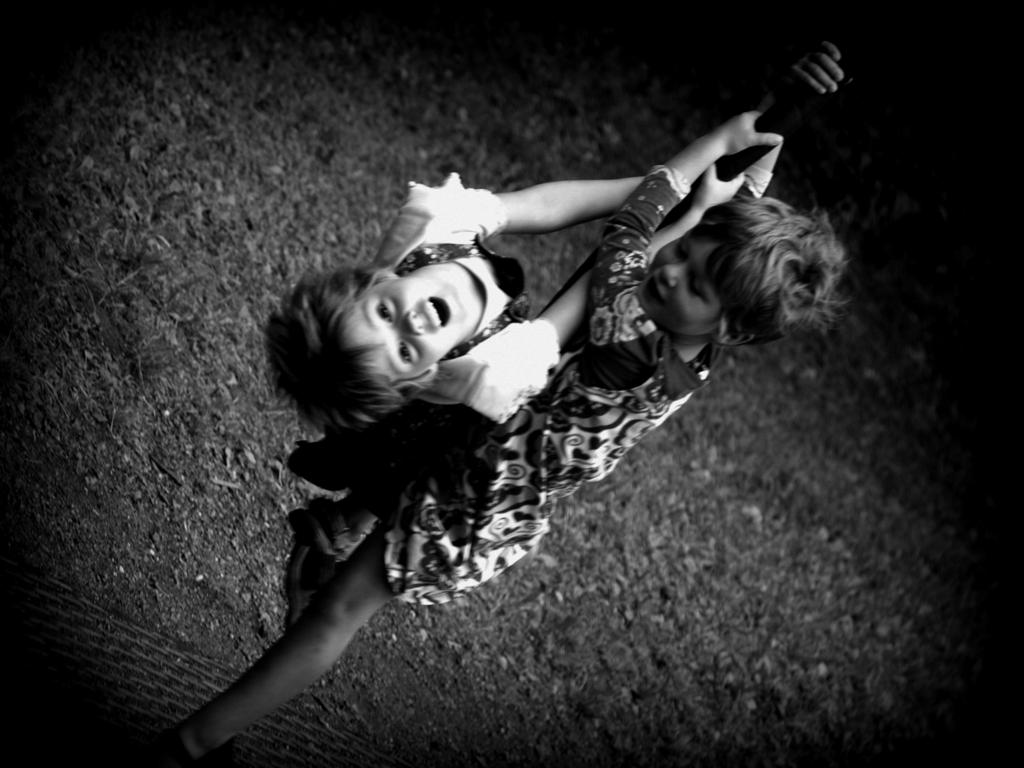
II
minimal models for acting together?
Programme
1. The Leading Account (Bratman’s)
2. Problems for the Leading Account
3. A Minimal Alternative






shared intention
‘I take a collective action to involve a collective [shared] intention.’
(Gilbert 2006, p. 5)
‘The sine qua non of collaborative action is a joint goal [shared intention] and a joint commitment’
(Tomasello 2008, p. 181)
‘the key property of joint action lies in its internal component [...] in the participants’ having a “collective” or “shared” intention.’
(Alonso 2009, pp. 444-5)
‘Shared intentionality is the foundation upon which joint action is built.’
(Carpenter 2009, p. 381)
?
shared intention
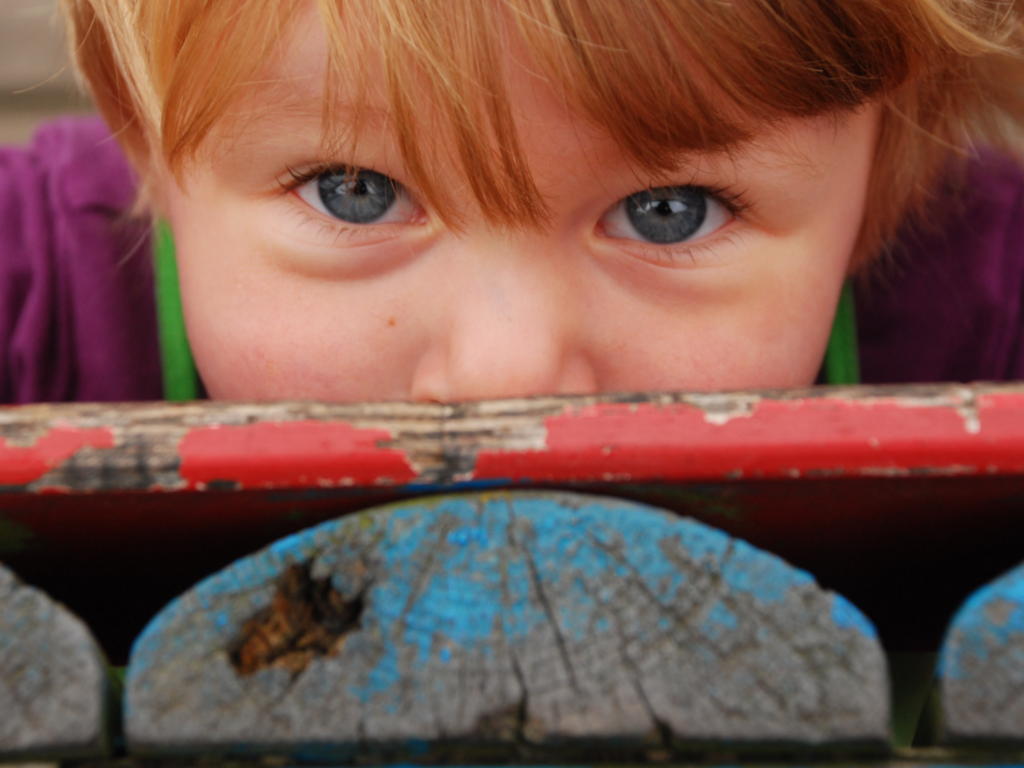
What is shared intention?
‘I will … adopt Bratman’s … influential formulation of joint action … each partner needs to intend to perform the joint action together ‘‘in accordance with and because of meshing subplans’’ (p. 338) and this needs to be common knowledge between the participants.’
(Carpenter, 2009, p. 281)

What is shared intention?
Functional characterisation:
shared intention serves to (a) coordinate activities, (b) coordinate planning and (c) structure bargaining
Constraints:
Inferential integration ... and normative integration (e.g. agglomeration)
Substantial account:
We have a shared intention that we J if
‘1. (a) I intend that we J and (b) you intend that we J
‘2. I intend that we J in accordance with and because of la, lb, and meshing subplans of la and lb; you intend [likewise] …
‘3. 1 and 2 are common knowledge between us’
(Bratman 1993: View 4)
Programme
1. The Leading Account (Bratman’s)
2. Problems for the Leading Account
3. A Minimal Alternative
Hypothesis (Carpenter): One- and two-year-olds have shared intentions as characterised by Bratman.
‘shared intentional agency [i.e. ‘joint action’] consists, at bottom, in interconnected planning’
(Bratman, 2011, p. 11).
Prediction: One- and two-year-olds should be capable, at least in some minimally demanding situations, of coordinating their plans with another’s.
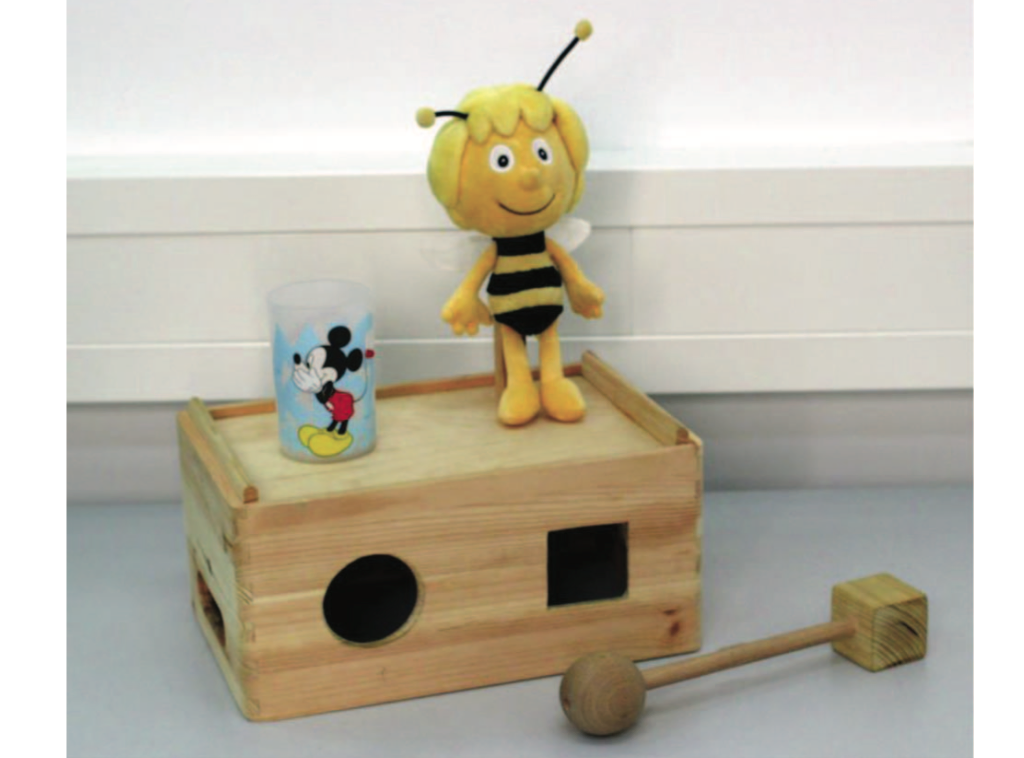
Paulus et al, 2016 figure 1
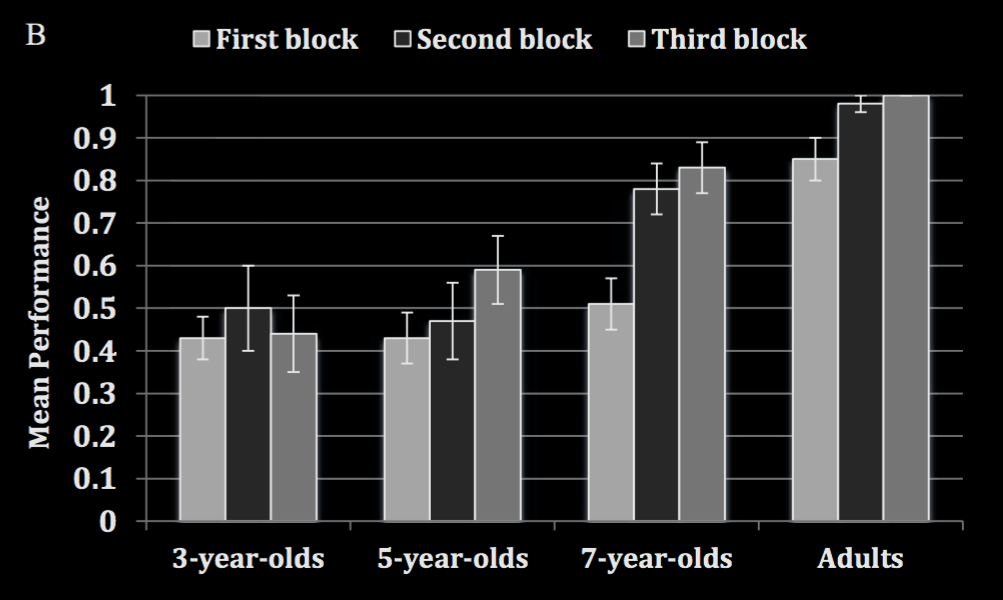
Paulus et al, 2016 figure 2B
‘3- and 5-year-old children do not consider another person’s actions in their own action planning (while showing action planning when acting alone on the apparatus).
(Paulus, 2016, p. 1059)
Hypothesis (Carpenter): One- and two-year-olds have shared intentions as characterised by Bratman.
‘shared intentional agency [i.e. ‘joint action’] consists, at bottom, in interconnected planning’
(Bratman, 2011, p. 11).
Prediction: One- and two-year-olds should be capable, at least in some minimally demanding situations, of coordinating their plans with another’s.
also adults ...
Small Scale
Very Small Scale
Playing a piano duet
Playing a chord together
Toasting our success together
Clinking glasses
Washing up together
Passing a plate between us
Programme
1. The Leading Account (Bratman’s)
2. Problems for the Leading Account
3. A Minimal Alternative

goal != intention

distributive vs collective
‘The goal of their actions is to find a new home.’
A collective goal (df):
an outcome to which two or more agents’ actions are directed
where
this is not, or not only,
a matter of each action being directed to that outcome.
Minimal Joint Action
An event involving two or more agents where the agents’ actions have a collective goal.
In virtue of what do our actions have collective goals?
A collective goal (df):
an outcome to which two or more agents’ actions are directed
where
this is not, or not only,
a matter of each action being directed to that outcome.
Minimal Joint Action
An event involving two or more agents where the agents’ actions have a collective goal.
Conjecture :
collective goals are represented motorically
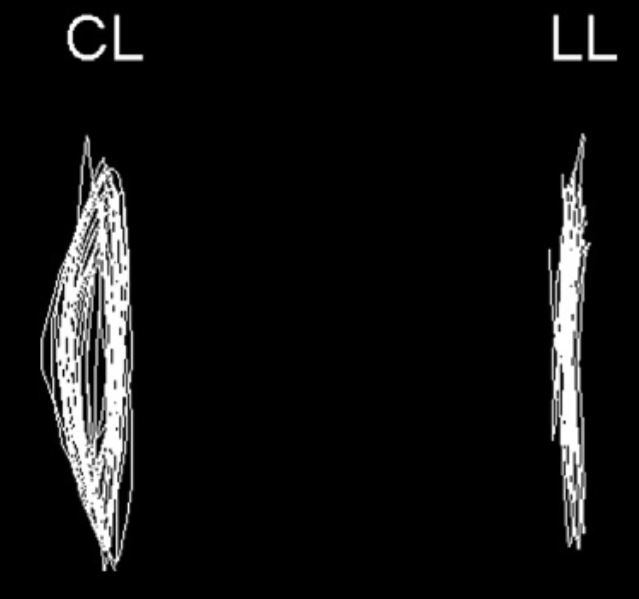
Garbarini et al, 2014 figure 3 (part)
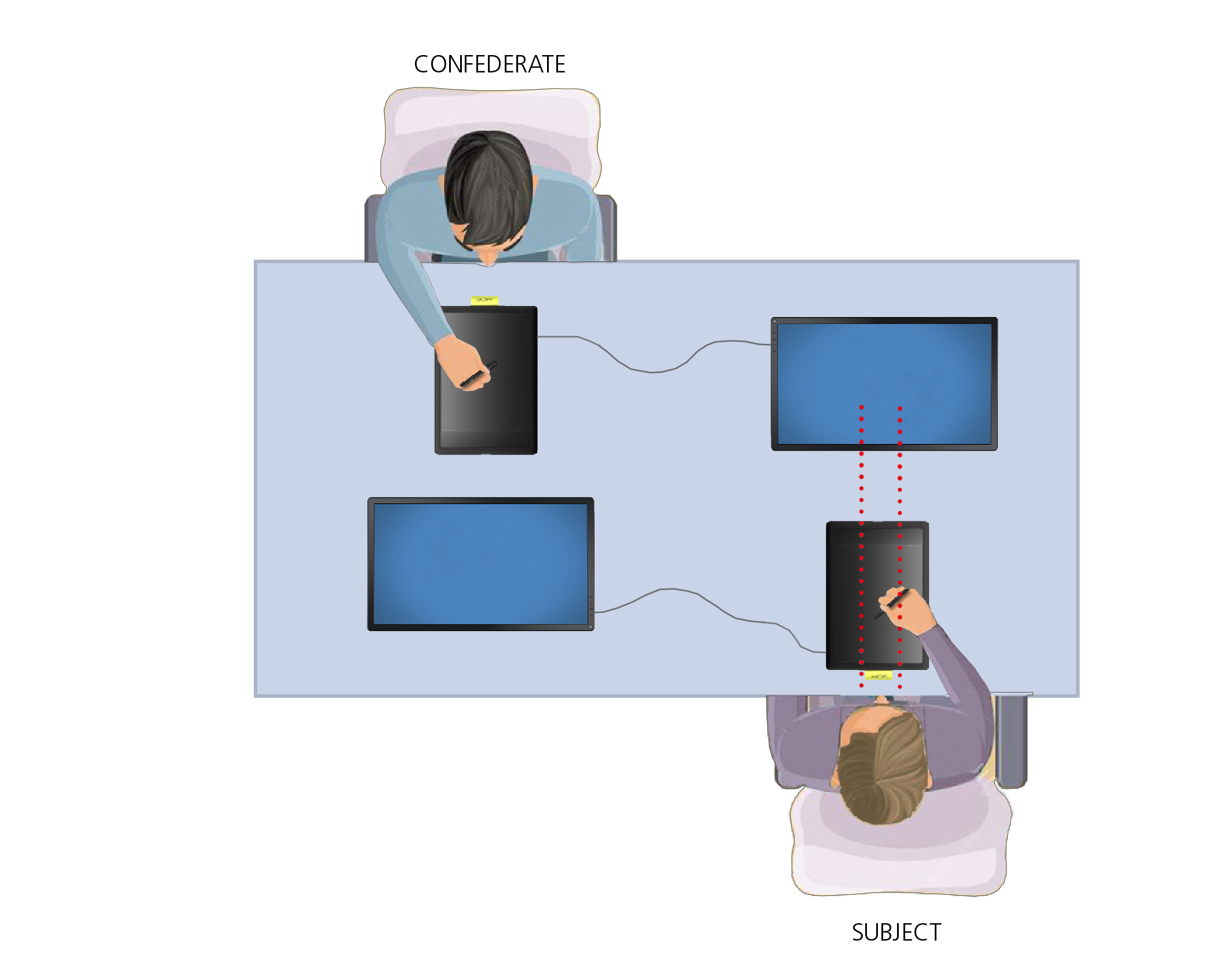
della Gatta et al, ‘Drawn Together’ Cognition 2017

ALL CL CONDITIONS
Draw lines.
While doing this, look at the screen in front of you.
PARALLEL
You will see circles.
JOINT
You and Gabriele have the collective goal of drawing lines and circles together in order to produce a single design
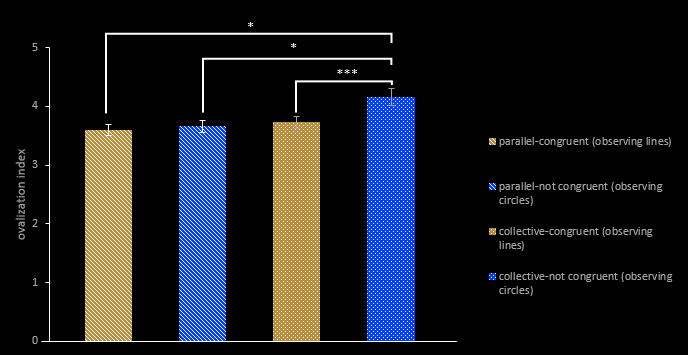
della Gatta et al, ‘Drawn Together’ Cognition 2017
more evidence
parallel vs joint tones (Sacheli, Arcangeli, & Paulesu, 2018)
imitation effects with lightbulb (Clarke et al., 2019)
A collective goal (df):
an outcome to which two or more agents’ actions are directed
where
this is not, or not only,
a matter of each action being directed to that outcome.
Minimal Joint Action
An event involving two or more agents where the agents’ actions have a collective goal.
Conjecture :
collective goals are represented motorically
A collective goal (df):
an outcome to which two or more agents’ actions are directed
where
this is not, or not only,
a matter of each action being directed to that outcome.
Minimal Joint Action
An event involving two or more agents where the agents’ actions have a collective goal.
Conjecture :
collective goals are represented motorically
next: link with minimal mindreading?
next: development of joint action?
next: not just motor representations